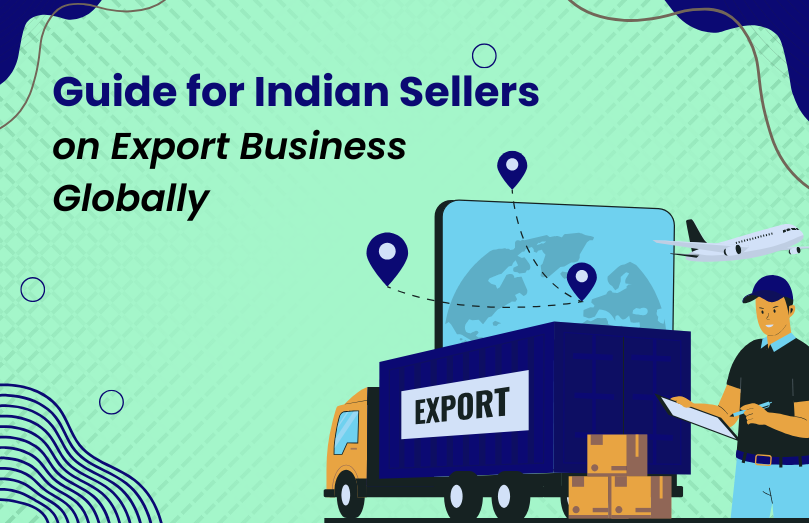For contemporary Indian sellers, entering international markets translates into greater prospects than ever before. An increase in international sales may translate into bigger profits, broader brand awareness, and diversification of customer bases. However, with the complexities of world trade come a lot of planning and precise execution. Thus, this guide furnishes Indian sellers with important insights and actionable steps to expand globally.
Table of Contents
ToggleTips for Indian Sellers on Export Business Globally
1. Do Your Market Research Thoroughly
Before entering the international marketplace, a thorough understanding of the target market’s dynamics is required. This should include the analysis of consumer behavior, demand for your products, competition, and cultural differences, if any. Market research tools and industry reports should be used to pull in any such data that may be helpful. On-the-ground local partners or consultants may also assist in giving priceless insights.
2. Be Thorough With Regulatory and Compliance Norms
Each country has its import regulations, product standards, labeling, and taxation. Be well-acquainted with these standards to ensure compliance and avoid any legal entanglement whatsoever. For instance, while exporting to the USA, a good understanding of the customs duties and taxes involved is necessary. The Importer of Record (IOR) assumes full responsibility for ensuring that imported goods conform with all legal and regulatory requirements, including the payment of all import duties, taxes, and fees in connection with bringing goods into the country.
3. Leverage E-commerce Platforms
Use the established e-commerce platforms to make international customer reach processes more simple. Amazon’s Global Selling program, for instance, allows sellers from India to list and sell products in multiple countries. The program is equipped with tools and support for the management of international logistics, payments, customer relations, and other aspects of the business. By 2024, these exports are predicted to rise to $5 billion highlighting the success story of the Amazon platform for assisting in global expansion.
4. Develop a Robust Logistics and Fulfillment Strategy
A proper logistics system is the cornerstone for international success. Find a reliable partner to manage shipping and fulfillment so that it gets delivered on time and the expense can be accommodated. Amazon’s Fulfillment by Amazon (FBA) service allows Indian sellers to store products in Amazon’s global warehouses, thus enabling quick shipping, and guaranteeing a high level of customer satisfaction.
5. Navigate Customs and Taxation
Comprehending customs procedures and tax liabilities will keep one step ahead of any inherent delays and additional costs. For example, while exporting products from India to the USA; awareness of required customs duties, taxes, and fees becomes relevant. The Importer of Record (IOR) holds the liability to see to it that all U.S. import regulations are met, and the payments are rendered to the United States Customs and Border Protection (CBP).
6. Adapt Marketing Strategies to Local Markets
Always think of alternative marketing strategies that will catch the attention of marketing audiences. This may involve translating content into the local language, adjusting branding elements, and utilizing area-specific marketing channels. Working with local influencers or agencies is another way of enhancing brand visibility and leveraging credibility. For the best strategy in marketing, aiming for a bit of one-on-one consultation with native advertising firms for e-commerce would be a worthy idea for attaining their very target market effectively.
7. Currency Exchange And Payment Systems
Handling multiple currencies can be tricky. Implement payment services in multiple currencies that offer good exchange rates. This will allow smooth transitions for international customers and reduce any financial risks for your business.
8. Customer Care And After-Sales
Excellent customer support helps build trust and loyalty in new markets. Provide multilingual support, establish clear return and refund policies, and be prompt in responding to customer inquiries and feedback.
9. Stay Informed And Remain Flexible
International markets remain dynamic with changes in regulations, consumer preferences, and economic conditions. Remain on the lookout for changes that may affect your business and be ready to amend your strategy accordingly.
Conclusion
For Indian sellers, going global means looking at avenues for huge growth and diversification. By conducting extensive research on regulatory requirements, exploiting e-commerce platforms, and marketing and logistical strategies, Indian sellers will be able to clinch the intricacies of international trade and stamp their position globally.






